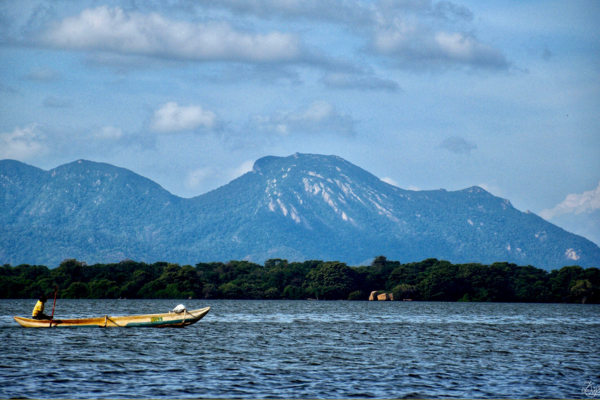Unveiling the Mysteries of Kala Wewa: A Historical Journey in Sri Lanka – By Bhanuka – eLanka

Nestled in the heart of Sri Lanka, the ancient reservoir of Kala Wewa stands as a testament to the rich history and ingenuity of the island’s inhabitants. This colossal water tank, dating back over two millennia, has played a pivotal role in shaping the agricultural landscape and sustaining communities throughout the ages.
Ancient Engineering Marvel: Kala Wewa, also known as the Kala Wewa Reservoir, is an impressive feat of ancient engineering that was commissioned by King Datusena in the 5th century AD. The primary purpose of this reservoir was to harness and manage water resources for agricultural irrigation, reflecting the advanced knowledge and skills possessed by ancient Sri Lankan civilizations.
Legend has it that King Datusena initiated the construction of Kala Wewa as a tribute to his mother, Queen Viharamahadevi. The reservoir, with its intricate network of canals and sluice gates, not only provided water for cultivation but also served as a strategic defense mechanism against potential invasions.
Cultural Significance: Beyond its practical utility, Kala Wewa holds immense cultural significance in Sri Lanka. The reservoir is surrounded by a landscape dotted with ancient ruins, including the remains of temples, monasteries, and other structures. These remnants tell the story of a thriving civilization that flourished in the region, leaving behind a legacy of architectural marvels.
The Kala Wewa region was not only a hub of agricultural activity but also a center for spiritual and cultural pursuits. The interconnectedness of water management and religious structures reflects the holistic worldview of the ancient Sri Lankan people, where nature and spirituality were intricately intertwined.
Preserving Heritage: Despite the passage of centuries, Kala Wewa has managed to endure the tests of time. However, the reservoir’s preservation has faced challenges due to factors such as environmental changes, population growth, and modern development. Efforts to conserve and protect this historical site are crucial to ensuring that future generations can continue to appreciate the ingenuity of their ancestors.
Conclusion: Kala Wewa stands as a silent witness to the ebb and flow of time, carrying with it the tales of an ancient civilization that thrived in harmony with its surroundings. This historical reservoir, with its cultural and agricultural significance, remains a symbol of resilience and innovation. By understanding and appreciating the history of Kala Wewa, we can not only connect with our past but also contribute to the preservation of our cultural heritage for the generations yet to come.







